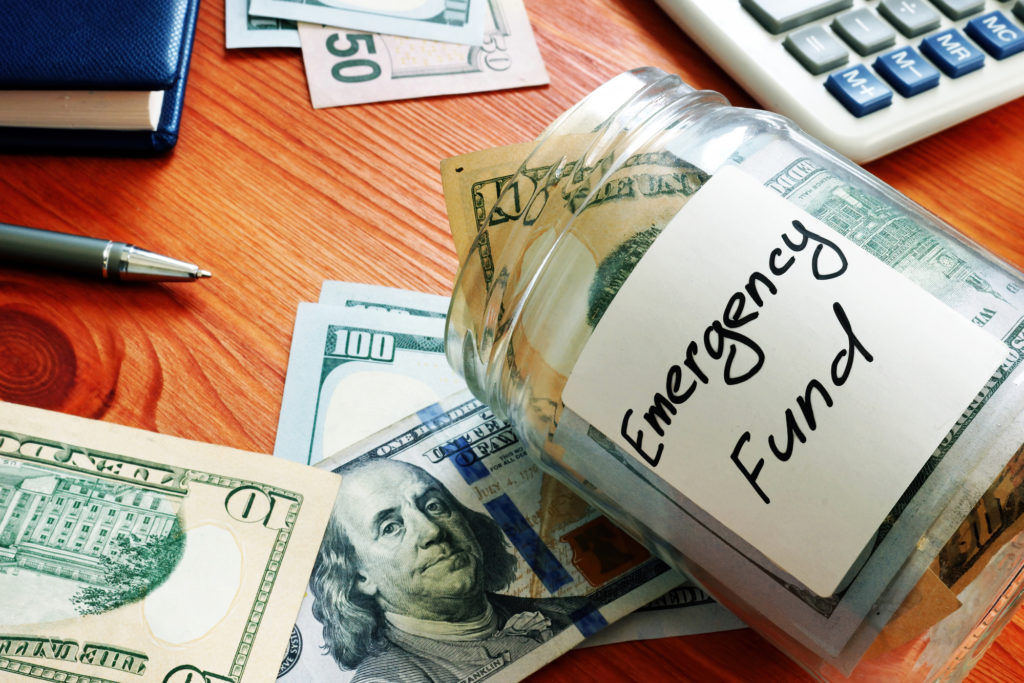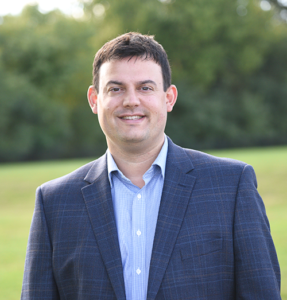The Emergency Fund
Give yourself peace of mind by creating some financial margin. Build an emergency fund.
An emergency fund is the foundation of personal finance and is the first step to building wealth because it provides margin when things don’t go as planned. Having cash set aside for the unexpected even comes before investing, buying a home, or starting a business.
What Qualifies as an Emergency?
According to my wife, being invited to a dinner party a week in advance constitutes an emergency because it triggers a need to go shopping for some new shoes! I’ll tell you what I told her: Emergencies arise when there are unforeseen and desperate circumstances. If it’s not both, it’s not an emergency.
Losing your job unexpectedly or being injured because of an accident fit this description. Being invited to a dinner party and wanting a new pair of shoes for the occasion does not. But needing to replace a major appliance, a car transmission, or even a roof is not necessarily an emergency either, because these expenses can be anticipated and saved for in advance.
In fact, saving for auto and home maintenance separately as part of your budgeting process is something I recommend to all of my clients. Saving 1% of your home’s value each year for maintenance is a good starting point and saving $0.05 for each mile you drive for auto maintenance is good too. Doing this can help you avoid tapping into your emergency fund when a normal maintenance issue arises.
How Much Should I Save?
The answer to this question is unique to every individual and couple. This is part of what I call Liquidity Analysis when I’m creating a financial plan, but I can say that the amount of emergency savings tends to range from 3 to 12 times a family’s necessary monthly expenses. How much is necessary can also change over time depending on your circumstances.
Practically speaking, the emergency fund needs to be sufficient to cover the expenses that would continue if you and/or your spouse were no longer earning an income. This includes your debt payments, insurance premiums, utility costs, necessary services, and food. I would even count the saving done to cover the maintenance of your home and vehicles in this figure because you will continue to use both regardless of your employment status.
Another consideration for determining the amount of appropriate emergency savings is your insurance coverage. Deductibles for property insurance can be high, as can out-of-pocket maximums for health care costs when you experience a serious illness or injury. Disability and long-term care insurance policies usually have elimination periods that range from 90 to 360 days before benefits are paid out. Understanding when insurance policies begin to pay benefits should also be factored into the amount set aside for emergencies.
How Should It Be Maintained?
The money set aside for emergencies needs to be two things: liquid and stable. Liquid refers to the ability to access the money on short notice without delay or penalty. Although bank CDs are stable, they are not liquid, and that almost certainly disqualifies them as a vehicle for emergency funds. The only exception to this would be if a portion of the funds are used in a ladder strategy where the certificates mature in monthly installments.
Investing the money in bonds, stocks, cryptocurrency, etc. is a recipe for disaster. Although sizable gains can be experienced in short time frames, the same is true to the downside. These securities are volatile, which is the exact opposite of what your emergency fund should be. Their liquidity can also change suddenly depending on market conditions. For instance, low-priced securities (a.k.a. penny stocks) and bonds have lower trading volumes and can be hard to sell as a result. In the event of an emergency, you don’t want to have to sell an asset or see its value swinging wildly.
Savings, money market accounts, and money market mutual funds are the best vehicles for this money, in spite of the historically low rates of return offered by each. Keeping the money in a checking account is also an option if you can be disciplined about not spending it. Some banks and credit unions offer higher interest rates in checking accounts when higher balances are maintained, but what you earn on the money is less important than being able to access it.
Ways to Build An Emergency Fund
Start by opening a separate account. Most people benefit by separating the emergency fund from other savings and checking accounts. Opening an account at a completely separate bank or credit union can be helpful because it removes the temptation to tap the money for non-emergencies. High yield savings and money market accounts are typically best. Money market mutual funds are also an option and can be accessed through an investment broker.
Saving money each paycheck is the most common way to build your emergency fund. You can ease this process by automating the task at either the payroll level or by creating a transfer between your checking and savings accounts each time you are paid. By automating the process, you can overcome habits that keep you from making better choices because you only have to make the choice once.
Lastly, keep an eye out for windfalls. Many people receive a tax refund each year. This can be used to jump-start your emergency fund. An economic stimulus is another example of a windfall and so is the Advance Child Tax Credit that began in July 2021. Both of these put unexpected money in your pocket that can help you build your emergency fund. The same is true for bonuses and overtime. If you earn some extra money, add it to your emergency fund. Selling something valuable that is no longer wanted or needed is an option too.
Alternative Sources of Money in an Emergency
With all that said, I realize that there may come a time when the situation you experience is far more financially demanding than the amount you have set aside for emergencies. In these times, there are other ways to access money. Examples include:
-
- Taking a loan on a company-sponsored retirement account
- Making a hardship withdrawal from a company-sponsored retirement plan
- Distributing money from an IRA
- Taking a loan against the cash value in a life insurance policy
- Withdrawing money from a home equity line of credit
- Paying the expense with credit cards
Before proceeding with any of these alternatives, you should consult a financial advisor to discuss the unique risks and tax consequences of the strategy.
Conclusion
The emergency fund is the foundation of your financial plan. Before you make a major purchase or start investing, it is best to build a fund that is appropriately sized given your individual circumstances, and the money you deposit into the fund should be kept sufficiently liquid and stable. For advice on getting started, please contact us today.

